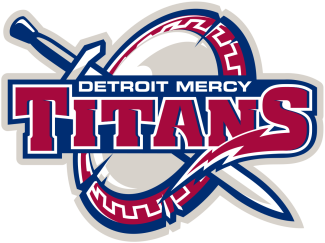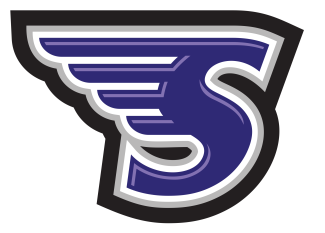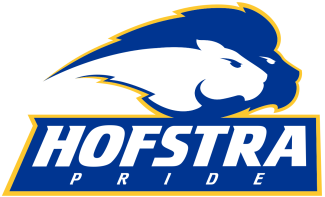Salisbury offense thrives on chemistry
One of the seasons most-anticipated D-III games arrived Wednesday night, when Salisbury remained unbeaten with a 13-5 win over Cabrini. It was a matchup of top-10 teams and told a great deal about a Sea Gulls squad that hadn’t faced stern national tests outside of against Lynchburg and Gettysburg.
The game also placed a spotlight on a Salisbury offense that’s recently been on a tear, scoring 19 goals per game across its last four games. Coach Jim Berkman, winner of 12 national champions, is no stranger to working with groups like this. So what’s clicking with this group?
One part is the attack trio of Cross Ferrara, Pierre Armstrong and Josh Melton, the latter of whom is on pace for north of 100 points. They’re doing things, Berkman said, that he doesn’t remember all-time greats Paul Smith, Sean Radebaugh and Jason Coffman doing back in the mid-1990s.
“Some of the stuff happening on attack between Pierre and Cross and Mel, they’re things you can’t coach,” Berkman said. “They’re blind passes to the back side. You can’t coach that sort of chemistry.”
There’s also the first midfield unit of Corey Gwin, Zach Pompea and Tyler Snyder, which combined for 107 points through 10 games. All played prominent roles on last year’s team that reached the national title game, ultimately falling to first-time champions Wesleyan.
“You have Corey with a left cannon, Tyler with both hands and then Zach Pompea is this elusive kid who has a shot finally,” Berkman said. “They definitely pose some problems for the defense and stretch them. It gives so much room to the attackmen.”
Now, it’s not all roses and sunshine for Salisbury, especially on the injury front. Starting defenseman Noah Kness broke his ankle in last weekend’s game vs. SUNY Geneseo and is out for the year. In his stead, Berkman said long-stick midfielder Kevin Murphy could drop back to close defense and play a similar role to that of Kyle Tucker, last year’s IMLCA Defensive Player of the Year.
Salisbury will also soon get back midfielder Jarrett Bromwell, who’s been out with mono since the Feb. 23 win over Gettysburg.
As those pieces come and go, Salisbury can rest easy knowing it has one of the country’s top offenses.
“Those guys have a unique chemistry that’s evolving through practices and games,” Berkman said. “But our team is like a fraternity almost. They pretty much spend every day together.”
Upstart Williams could challenge in NESCAC
As the week’s games get underway, it’s hard not to notice what Williams is building in the NESCAC.
The conference is home to top-10 teams Amherst, Tufts and Wesleyan, but here are the Ephs making some noise as well. Just last week, they knocked off ranked teams RPI and Bates to make it five games unbeaten and move to 5-1 on the year before venturing to Colorado Springs, Colo., for two spring-break games (they beat MIT 16-9 on Wednesday).
Head coach George McCormack is pleased with what he’s seen, but also has a simple message.
“We have a lot of room for growth and are a very young team,” McCormack said.
Namely, the team’s goalkeeper situation was in flux heading into 2019, with Second Team All-NESCAC pick George Peele taking the year off from Williams. He’s expected back, McCormack said, but it’s also forced a previously-unproven Harry Gahagan into a starting spot between the pipes.
The defense has also featured a rotating cast of characters. But that’s not to discredit the proven pieces — senior captain Cam Brown, freshman Chris Burdick, SSDM Ben Anthony and LSM Rock Stewart — and their roles.
The team’s backbone, McCormack said, is its offense, where there’s a mix of youth and experience. That’s meant junior Brendan Hoffman stepping up in midfield (30) points and freshman Jake Haase (35 points) emerging as the quarterback on attack.
“We're trying to pass onto them that one more pass, when it's there to take it,” McCormack said. “We want them to share the ball as much as possible and trust each other. It's trusting that if the guy next to you isn't covered, he can score and you don't have to do it alone”
Reality, however, is that Williams hasn’t made the NCAA tournament since 2008. Instead, they’ve hovered around .500 for the last two years and aren’t used to playing deep into May.
Impending back-to-back games against Tufts (April 3) and Amherst (April 6) should reveal a great deal about Williams’ chances of bucking that trend. McCormack isn’t looking that far ahead, though.
“As much as it’s coach talk, we’re thinking about today and getting through practice,” McCormack said. “The Tufts and Amherst games will take care of themselves. They always do.”


























































